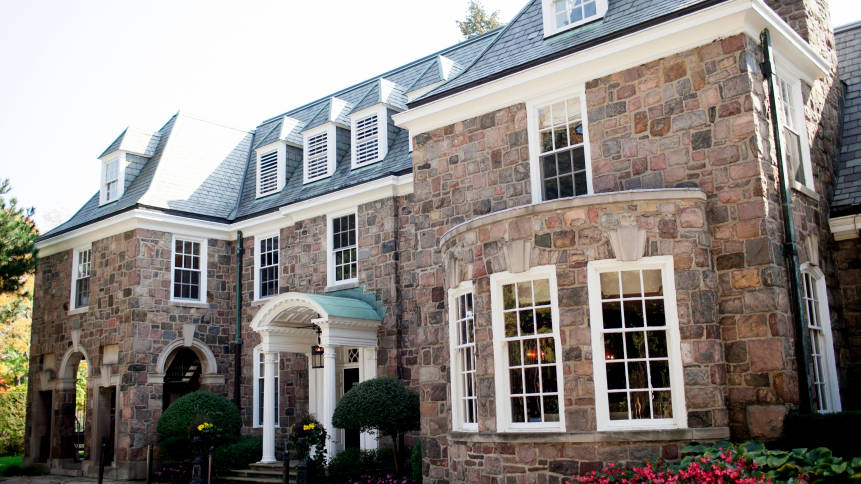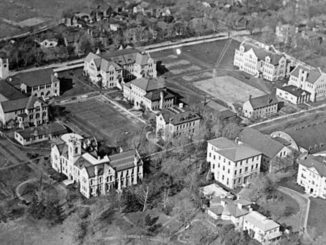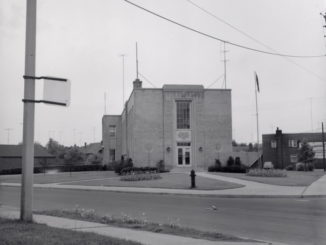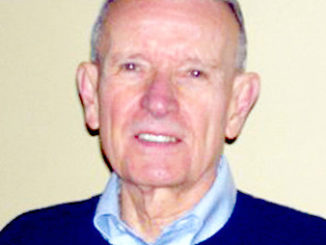
Until 1930, what we now call Bayview Avenue was known as the first concession road east of Yonge Street. The road – once proposed to be called Kilgour Avenue – was also known as Government Road and the Junction Road until it was officially called Bayview Avenue for the estate of meat packer and philanthropist James Stanley McLean.
The concession roads were surveyed and laid out in 1796 by Governor John Graves Simcoe and his Queen’s Rangers, who cleared the forest land.
Bayview Avenue remained impassable for many years, so Col. The Honourable Herbert Bruce M.D. used Lawrence Avenue to reach his estate, Annandale, a 20-room property on the first concession road built in 1920 at the end of Lawrence Avenue.
After the 1929 Depression, many wealthy Toronto businessmen were building their large expensive houses overlooking the Don Valley. One of the first was Bay View, the 55-acre east on the east side of Bayview Avenue.
James Stanley McLean’s mansion was built around 1928 and remained in the McLean family until 1967 when Edith Flavelle McLean died, leaving Bay View to the Sunnybrook Medical Centre, which used the home and coach house for special events and medical research.
In October 1930, Dr. Bruce was subdividing his hundred acres and leaving parts to others who wanted to build their dream homes and gardens on the Don River Valley. Alfred Rogers bought the house and used the coach house, which he called Uplands. He lived in the coach house (still standing on Bayview Avenue) whose gardens were lavishly landscaped in 1936 by noted English landscape architect Howard Dunington-Grubb.
Then, John James Vaughan – vice president of the T. Eaton Company – built his estate, Donningvale, in 1931, and farther north on Bayview Avenue Captain Harry Lynne Plummer built the lavish Stonedene for his family in 1930.
Sunnybrook Medical Centre later bought these three properties. And James Stanley’s Bay View and its coach house and John James Vaughan’s Donningvale serve as conference centres, meeting rooms, venues for dinners, wedding receptions and other parties, while Harry Lynne Plummer’s Stonedene home is now part of the Bob Rumball Centre for the deaf, with proceeds used for medical research in the Sunnybrook Medical Centre.
Jeanne Hopkins spent most of her life in the historic Henry Farm community of North York. She realized her passion for local history in the Canadiana department of the North York Public Library, where she worked for 27 years. She is the author of numerous articles and five books of local history.




